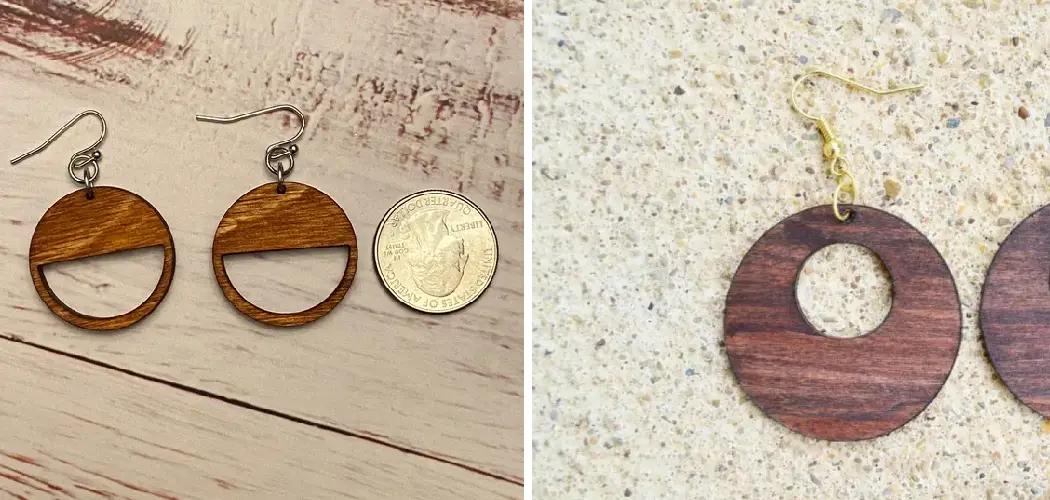Creating wood earrings with Cricut opens up a world of possibilities for crafting unique and personalized accessories. The Cricut machine allows you to precisely cut intricate designs and patterns onto wood, resulting in stunning earrings that reflect your individual style and creativity. Making wood earrings with Cricut is a fun and rewarding DIY project that combines technology with craftsmanship.
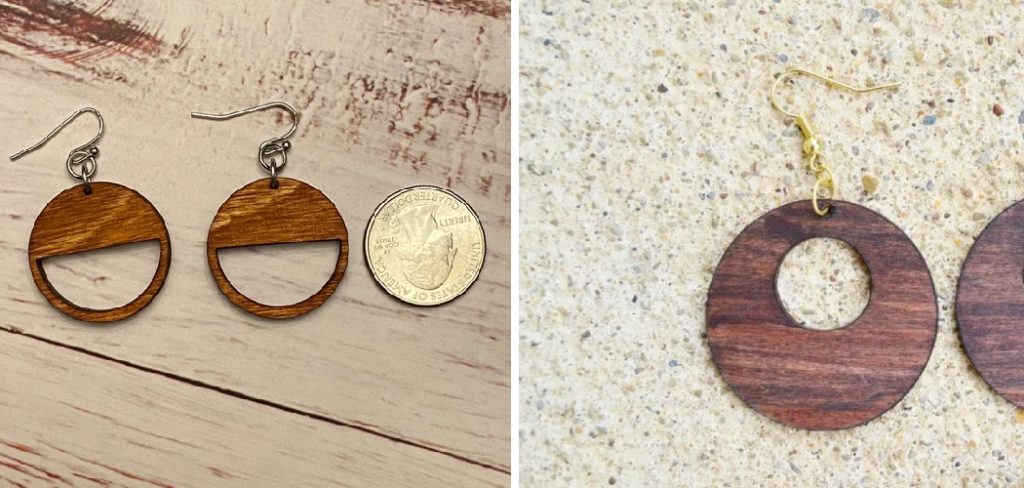
Whether you prefer minimalist geometric shapes, intricate floral motifs, or personalized initials, the Cricut machine enables you to bring your design ideas to life with ease and precision. In this article, we will explore step-by-step instructions for how to make wood earrings with cricut, from selecting the right wood and design templates to cutting, sanding, and assembling the earrings. Get ready to unleash your creativity and make a statement with custom wood earrings crafted with the help of Cricut technology.
Getting Started with Wood Earrings
Before diving into the intricate details, it’s crucial to set a solid foundation. Here’s what you need to ensure a smooth beginning to your wood earring crafting journey.
Materials Needed
The beauty of crafting with Cricut lies in the array of materials you can utilize. For wooden earrings, you’ll require:
- Wood sheets or blanks (choosing the right thickness and type is essential for the durability and aesthetics of your earrings)
- Earring hooks or posts (ensure they are made from quality materials to avoid reactions and tarnishing)
- Adhesives (choose a strong bond that is also safe for your skin)
- Protective gear (when handling wood and paints, safety is paramount)
Choosing the Right Wood
The durability and finish of your earrings largely depend on the type of wood you select. Birch and mahogany are popular choices for their strength and appealing grain patterns. Ensure it’s free of knots and other imperfections that could compromise your designs or the structural integrity of the earrings.
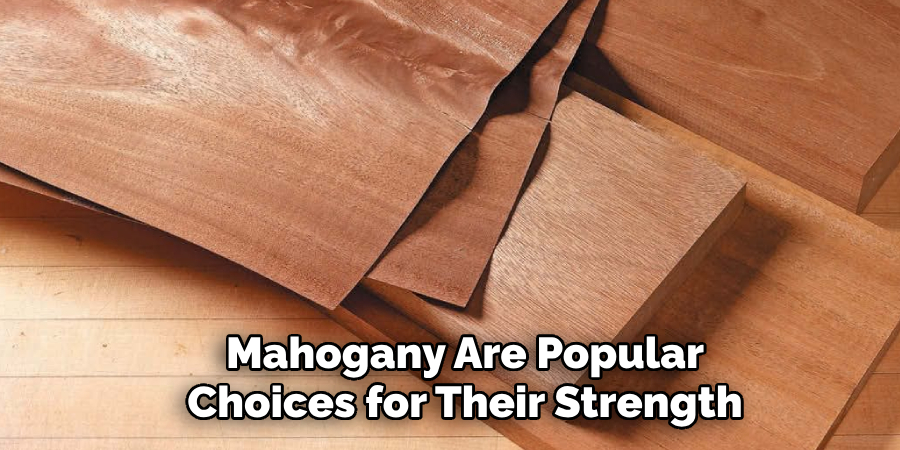
Preparing the Wood for Cutting
Wood must be appropriately conditioned to deliver clean, precise cuts. This involves:
- Acclimating the wood to your crafting environment to avoid warping after cutting
- Sanding the wood smooth on both sides, especially the side that will face the Cricut mat to prevent damage
- Applying a wood conditioner if you intend to stain it to ensure an even finish
10 Steps How to Make Wood Earrings with Cricut
1. Select Suitable Wood Material:
Begin by selecting a suitable wood material for your earrings. Choose thin wood sheets that are compatible with the Cricut machine’s cutting capabilities. Basswood, birch plywood, and balsa wood are popular choices due to their ease of cutting and versatility. You can find these materials at craft stores or online.
Next, consider the grain direction of the wood. The grain refers to the texture and pattern of the wood fibers. It is important to align the grain direction when cutting with a Cricut machine to ensure clean and precise cuts. Make sure to choose a wood sheet that has consistent grain direction throughout.
2. Prepare the Design:
Use design software compatible with the Cricut machine to create or import your desired earring designs. You can choose from a variety of shapes, patterns, and motifs to suit your style preferences. Ensure that the design dimensions fit within the cutting area of your Cricut machine.
Once you have finalized your designs, save them in a format compatible with the Cricut software. Double check that all elements are properly aligned and grouped together before proceeding to cut. Although minor adjustments can be made on the Cricut machine, it is best to have a precise and well-organized design from the start.
3. Set Up the Cricut Machine:
Prepare your Cricut machine for cutting by ensuring that it is properly connected to your computer or mobile device. Install the appropriate cutting blade for wood materials and calibrate the machine according to the manufacturer’s instructions.
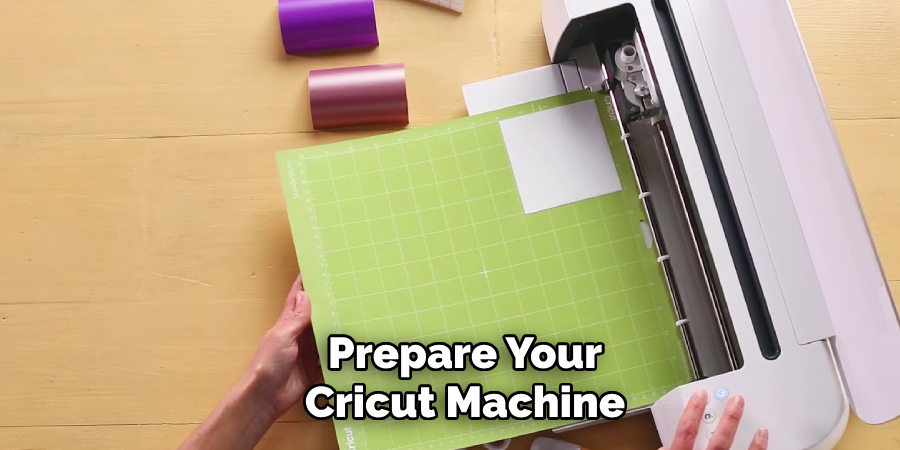
Load the design onto the Cricut Design Space software and adjust the settings as needed. Make sure your material is properly secured on the cutting mat and insert it into the machine. If your machine has a Smart Set Dial, adjust it to the recommended setting for wood.
Once everything is set up and ready to go, press the “C” button on your Cricut machine to begin cutting. The blade will move back and forth along the designated cut lines, creating precise cuts in your wood material.
4. Load the Wood Material:
Place the selected wood material onto the cutting mat and secure it in place to prevent movement during the cutting process. Ensure that the wood sheet is flat and free from wrinkles or creases that could affect cutting accuracy.
One important aspect to consider when loading wood material for cutting is the direction of the grain. The grain refers to the natural pattern in which the fibers of the wood run, and it can have a significant impact on the outcome of your project.
It’s generally recommended to load the wood material onto the cutting mat with its grain running parallel to the blade. This allows for a smoother and cleaner cut as the blade will follow the natural direction of the wood fibers.
5. Cut the Earring Designs:
Once the wood material is secured on the cutting mat, load it into the Cricut machine and initiate the cutting process. Follow the instructions provided by the Cricut Design Space software to execute the cutting operation. The Cricut machine will precisely cut the earring designs based on your specifications.
After the cutting process is complete, carefully remove the wood material from the cutting mat. Use a craft knife or tweezers to help loosen and remove any small pieces that may be stuck to the mat.
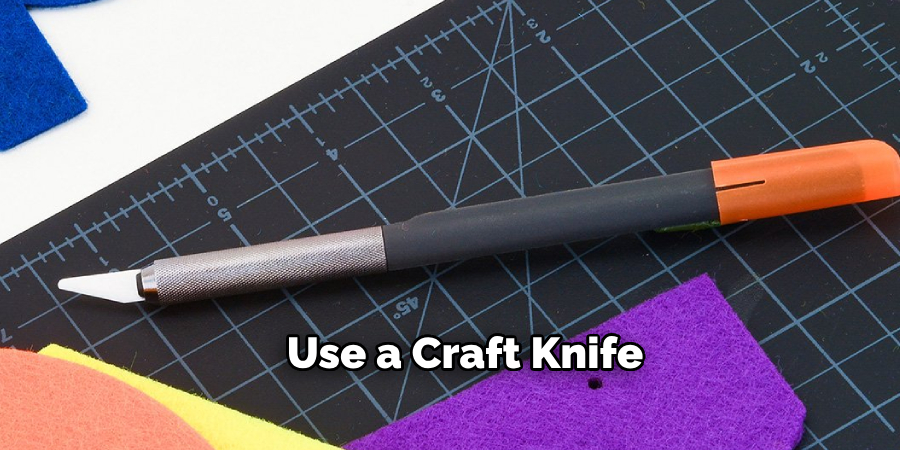
Once all pieces of the earring designs are cut out, sand down any rough edges using fine grit sandpaper. This will give your earrings a smooth finish and prevent any potential splinters or injuries.
6. Remove the Cutouts:
Carefully remove the cutout earring pieces from the wood material once the cutting process is complete. Use a weeding tool or tweezers to gently lift and detach the pieces from the cutting mat, taking care not to damage delicate or intricate designs.
After removing the cutouts, you may notice that there are still some residual wood fibers or debris on the pieces. Use a small piece of sandpaper or a sanding block to gently buff away any rough edges or imperfections. Be sure to work slowly and carefully, checking the surface frequently to avoid over-sanding.
7. Sand and Smooth Edges:
After removing the earring cutouts, use fine-grit sandpaper to smooth and refine the edges of the wood pieces. Sanding helps remove any rough spots or imperfections left behind by the cutting process, resulting in a polished and professional finish. Be sure to sand in the direction of the wood grain for the best results. Once you are happy with the smoothness of the edges, wipe away any dust or debris with a clean cloth.
To further enhance the smoothness and shine of your wooden earrings, you can also use a finishing product such as beeswax polish or mineral oil. Apply a small amount onto a clean cloth and rub it onto the surface of the wood, following the direction of the grain. This will not only make your earrings look more polished, but also protect them from moisture and wear over time.
8. Add Finishing Touches:
Enhance the appearance of the wood earrings by adding decorative elements or finishes. Consider painting the earrings with acrylic paints, staining them with wood stain, or applying a protective sealant to preserve the wood and enhance its durability. You can also add embellishments such as beads, glitter, or small charms to personalize the earrings and make them stand out. Use hot glue or a strong adhesive to attach these elements to the wood earrings.
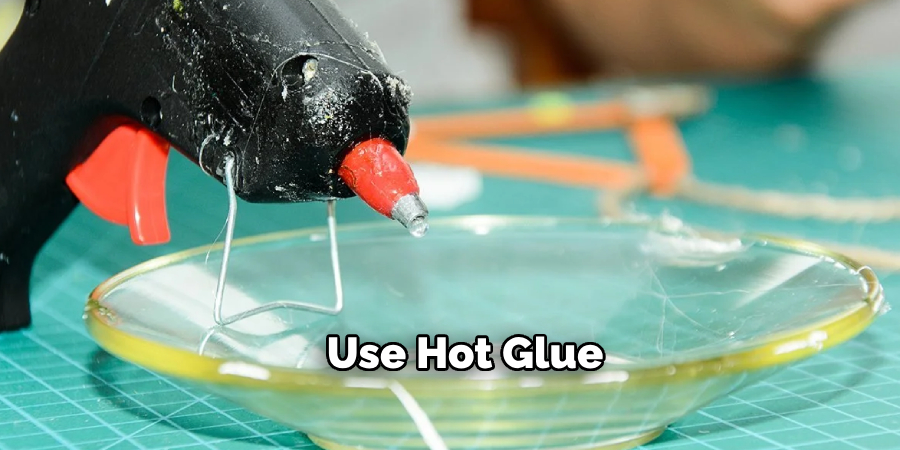
Experiment with different techniques and designs to create unique and eye-catching wood earrings. You can use stencils to create intricate patterns or use a wood burning tool to etch designs onto the earrings. Get creative and have fun with it!
After adding the finishing touches, let the earrings dry completely before wearing them. This will ensure that the paint or sealant has fully dried and adhered to the wood. You can also add earring hooks or posts to complete your earrings and make them ready to wear.
9. Attach Earring Hooks or Studs:
Once the wood earrings are fully finished and dry, attach earring hooks or studs to the back of each earring piece. Use jewelry findings such as jump rings, ear wires, or earring posts to securely affix the hooks or studs to the wood pieces.
Make sure to position the jewelry findings in a way that will allow the earrings to hang properly when worn. While there is no set rule for where to place the hooks or studs, a good general guideline is to position them at least 1/4 inch from the top of the earring piece.
After attaching the earring hooks or studs, gently check to ensure they are securely fastened. If necessary, use pliers to tighten any connections. It’s also important to make sure the hooks or studs are well-centered and symmetrical on each earring to ensure a polished look.
10. Inspect and Package:
Thoroughly inspect the completed wood earrings for any defects or irregularities before packaging them for display or gifting. Use jewelry boxes, pouches, or display cards to showcase the earrings and protect them from damage during storage or transportation. Consider adding a personalized touch by including information about the materials used or the inspiration behind the design. You can also include care instructions to help your customers maintain their new earrings for years to come.
After packaging, you may want to consider labeling your products with your brand logo and relevant information such as product name, size, and material. This will not only give your earrings a professional look but also make it easier for customers to identify and repurchase your products in the future.
Adding Personalization and Details
Once your wooden pieces are cut, it’s time to turn them into works of personalized, wearable art.
Painting or Staining the Wood
This step is where your individuality can shine. Whether you’re aiming for a minimalist, natural look with a subtle stain or a vibrant statement with solid colors, apply paint or stain evenly and allow ample drying time. Paint and stain both require a base coat of primer.
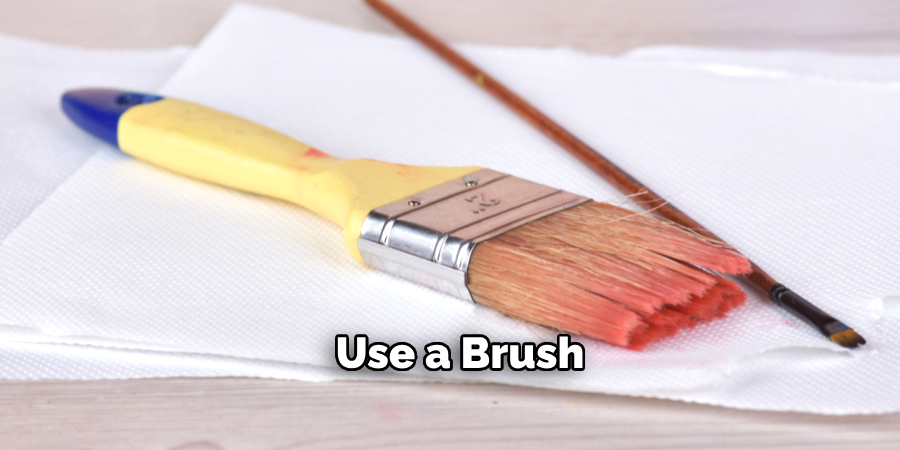
After the primer is applied, use a brush or roller to evenly spread paint or stain over the surface of the wood. Make sure to follow the direction of the wood grain for a professional finish. If using multiple coats, allow each coat to dry completely before applying the next.
Adding Embellishments or Decorative Elements
This is your opportunity to get creative. Incorporate elements like beads, small metal findings, or charms that complement your design and the overall aesthetic you’re striving for. You can also add additional layers of texture by using techniques like embossing, stamping, or stenciling.
Embellishments can be attached to your piece in a variety of ways. Some options include sewing them onto fabric, gluing them onto surfaces, or wire wrapping them for jewelry making. The key is to make sure they are securely attached so they don’t fall off or get lost. It’s also important to consider the weight and size of your embellishments, as they can affect the overall balance and wearability of your final piece.
Finishing Touches for a Polished Look
To ensure your earrings maintain their luster and longevity, seal the wood with a protective clear coat. This not only adds shine but also guards against wear and tear.
Assembling the Earrings
With your design and finishing touches complete, it’s time to turn your earring components into a cohesive pair ready to be worn.
Attaching Earring Hooks or Posts
Using jewelry pliers, attach the earring hooks or posts securely to the wooden pieces. Ensure they’re centered and aligned to hang naturally when worn. You can also add additional decorative pieces, such as small charms or beads, to the earring hooks for added flair.
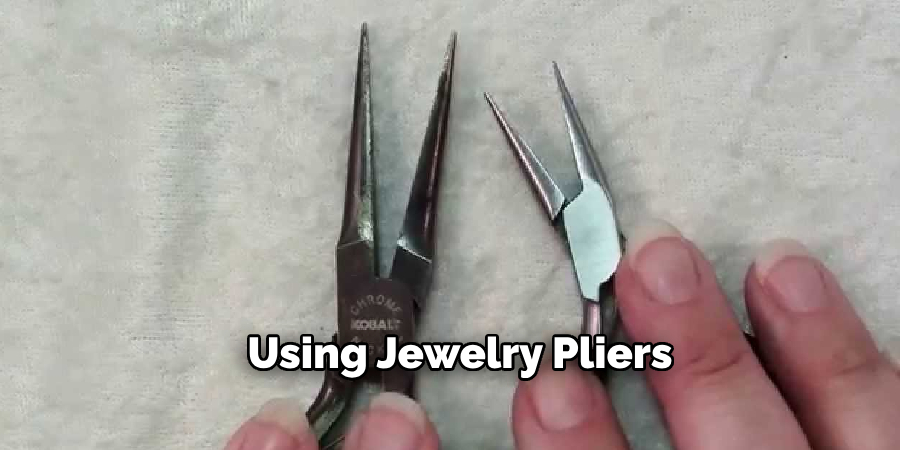
If you’re using a jump ring to attach the earring hook, gently twist it open using your pliers and insert it through the hole in the wooden piece. Then, thread one end of the earring hook onto the jump ring and use your pliers to twist it closed.
Connecting the Wooden Pieces
For designs that incorporate multiple wooden elements, connect them using jump rings or other connectors. Balance and symmetry are key here to create a final product that’s visually appealing. Depending on the design, you can also use string or wire to connect the pieces.
To start, gather all the wooden pieces that need to be connected. Lay them out and play around with different arrangements until you find one that works best for your design.
Ensuring Durability and Security
Double-check all connections and adhesives for security. Give them a gentle tug to make sure they’re well-affixed, and consider adding silicone backs to earring posts for an extra layer of security. Also, wipe down your jewelry after each use and store it in a dry place to prevent tarnishing. Additionally, regular cleaning and maintenance can help ensure the durability of your jewelry.
It’s also important to consider the materials used in your jewelry for longevity and safety. For example, nickel is a common metal used in costume jewelry, but it can cause skin irritation or allergic reactions in some individuals.
Tips and Tricks
Crafting with Cricut is a learning process, and it comes with its share of challenges. Here are some tips to enhance your wood earring crafting experience:
Troubleshooting Common Issues
Inconsistent cuts or adhesive issues can be resolved by adjusting your Cricut’s settings or choosing a different adhesive type. Conduct test runs to identify and resolve any recurring problems.
Maximizing Efficiency with Cricut
Group similar designs on the same wood sheet to minimize waste and streamline the cutting process. Keep your Cricut machine and accessories organized for quick and convenient crafting sessions.
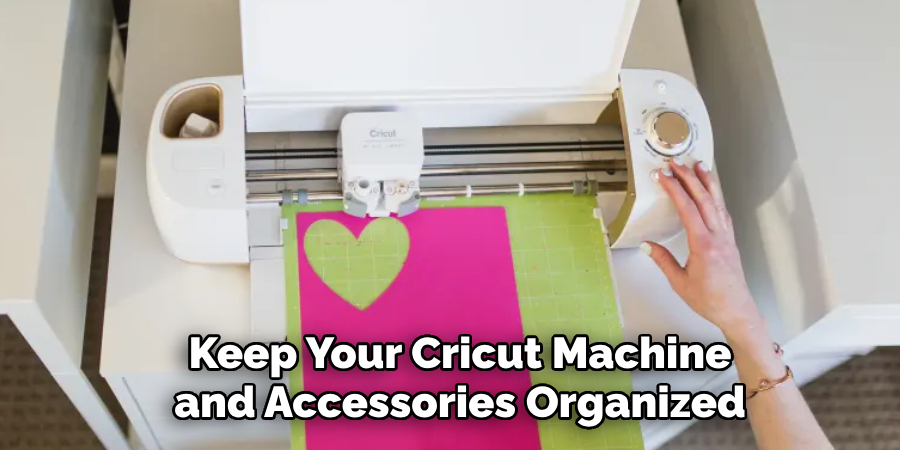
Exploring Creative Variations and Ideas
Don’t be afraid to think outside the box. Try different wood types, mix materials, or experiment with unconventional shapes. This process is as much about exploration as it is about creation.
Conclusion
Crafting wood earrings with a Cricut machine is a fulfilling way to express yourself and showcase your design prowess. It’s a blend of traditional craftsmanship and modern technology that yields unique, wearable art pieces. With the detailed instructions provided, you’re equipped to embark on your wood earring crafting journey, indulging in the joy of making something truly your own.
Watch as your designs come to life, giving you the opportunity to share your crafted treasures with the world. Now that you know how to make wood earrings with cricut. While it does take a few steps each time, hopefully now you understand the process and why it’s worth taking the extra step to make sure your floor is properly cared for. So don’t wait any longer, take action today!

